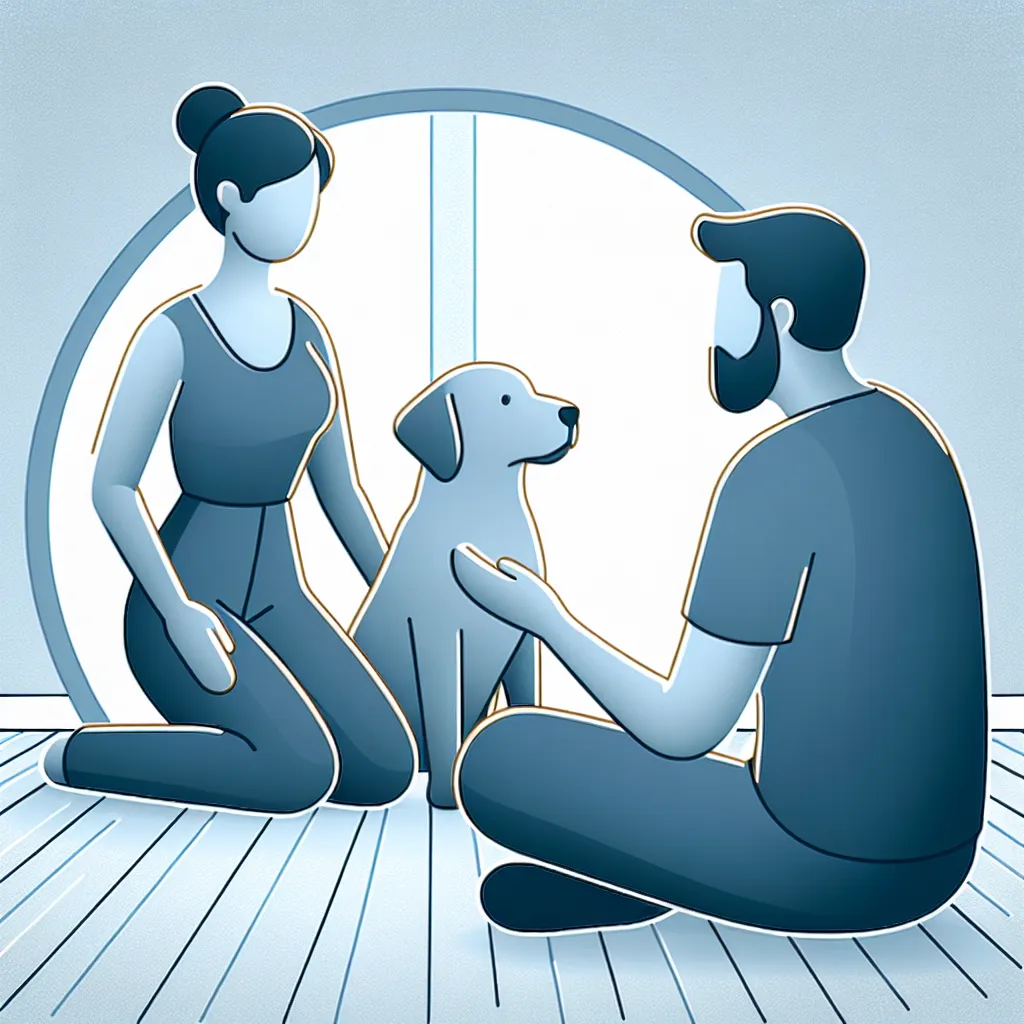Interpreting Your Dog’s Body Language: What Every Pet Owner Should Know
Understanding your dog’s body language is crucial for every pet owner. Dogs communicate through their body movements and gestures, and being able to interpret these signals can help you better understand your furry friend’s needs and emotions. One key aspect of interpreting your dog’s body language is recognizing their facial expressions. A relaxed face with a slightly open mouth and soft eyes indicates a comfortable and content state of mind, while a tense face with narrowed eyes and tightly closed mouth may signify unease or stress.
Another important element to consider is your dog’s tail position. A wagging tail doesn’t always mean a happy dog. The height and speed of the wag, along with the overall posture of the dog, can provide insights into their emotional state. For example, a high, fast wag may indicate excitement or agitation, while a low, slow wag could indicate insecurity or submission.
Furthermore, paying attention to your dog’s overall body posture, ear position, and vocalizations can also offer valuable clues about their feelings. In combination, these various elements of canine body language can paint a comprehensive picture of your dog’s emotional state, allowing you to respond appropriately and strengthen your bond with your pet.
By familiarizing yourself with the nuances of your dog’s body language, you can become a more attentive and responsive pet owner, promoting a harmonious and fulfilling relationship with your canine companion.
Decoding Canine Communication: A Comprehensive Guide for Dog Owners
Understanding canine body language is essential for pet owners to ensure the well-being and happiness of their dogs. Decoding canine communication is a comprehensive guide for dog owners to interpret the various signals and behaviors exhibited by their furry companions. By learning to recognize and understand canine body language, pet owners can build a stronger bond with their dogs and address any potential issues or concerns promptly.
Dogs communicate through a combination of vocalizations, body postures, and facial expressions. Tail wagging, for example, is often associated with happiness, but it can also indicate other emotions such as anxiety or insecurity depending on the speed and height of the wag. Ears held forward suggest alertness and interest, while ears pinned back may signal fear or aggression. It’s important for pet owners to observe these cues in different contexts to accurately interpret their dog’s feelings.
Furthermore, understanding subtle signs of stress or discomfort, such as lip licking, yawning, or avoidance behaviors, can help pet owners address their dog’s needs and alleviate any potential sources of unease. By being attuned to their dog’s body language, owners can create a supportive and reassuring environment for their beloved pets.
In conclusion, decoding canine communication is a crucial skill for pet owners. By familiarizing themselves with the nuances of canine body language, owners can enhance their ability to empathize with and care for their dogs effectively. This understanding ultimately promotes a harmonious and fulfilling relationship between dogs and their human companions.
Understanding the Signals: A Pet Owner’s Manual to Canine Body Language
Understanding canine body language is crucial for pet owners to build a strong bond with their furry friends. By learning to interpret the signals that dogs use to communicate, owners can better understand their pet’s emotions and needs. One of the key aspects of understanding canine body language is recognizing the various signals that dogs use to express themselves. These signals include tail wagging, ear position, body posture, facial expressions, and vocalizations.
When a dog wags its tail, it can indicate excitement, happiness, or even a warning sign depending on the speed and height of the wag. Similarly, a dog’s ear position can convey its mood, with forward ears signaling attentiveness and interest, while pinned back ears can indicate fear or submission. Body posture also plays a vital role in canine communication, as a confident and relaxed dog will have a loose and wiggly body, while an anxious or aggressive dog may appear tense and rigid.
Facial expressions, such as relaxed eyes and an open mouth, can show that a dog is comfortable and at ease, whereas narrowed eyes and bared teeth may signal aggression or discomfort. Understanding the different vocalizations, from barks and growls to whines and yips, can also provide valuable insights into a dog’s state of mind.
By familiarizing themselves with these signals, pet owners can create a safer and more enjoyable environment for their canine companions, leading to a stronger and more fulfilling relationship for both parties involved.
Reading Between the Barks: A Practical Guide to Understanding Your Dog’s Body Language
Understanding canine body language is essential for pet owners to ensure the well-being and safety of their furry companions. Reading between the barks and interpreting your dog’s body language can provide valuable insights into their emotions and state of mind. By learning to recognize the subtle cues and signals that dogs use to communicate, pet owners can foster a deeper bond with their canine friends and address any potential issues promptly.
One key aspect of understanding your dog’s body language is paying attention to their vocalizations. Barks, yelps, and growls can convey a range of emotions, from excitement and playfulness to fear and aggression. By analyzing the context and accompanying body signals, such as tail position and ear movement, pet owners can gain a better understanding of what their dog is trying to communicate.
Additionally, observing a dog’s posture and facial expressions can offer valuable insights into their emotional state. A relaxed and wiggly body indicates happiness and contentment, while stiffness and raised fur may signal discomfort or anxiety. Similarly, a dog’s eyes, ears, and mouth can convey a wealth of information about their feelings and intentions. Understanding these subtle cues can help pet owners address any sources of stress or discomfort for their dog, promoting a harmonious and supportive environment.
In conclusion, learning to read between the barks and interpret your dog’s body language is an indispensable skill for pet owners. By honing this ability, individuals can better meet the needs of their canine companions, strengthen their bond, and ensure a happy and fulfilling relationship for both the pet and the owner.




